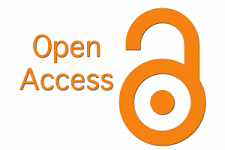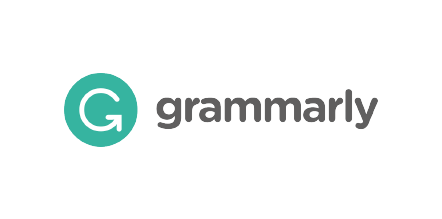The Role of AI in Making Poetry Accessible to Global Audiences: Machine Translation and Poetic Diversity
Keywords:
Poetry, cultural stories, Poetic languageAbstract
Poetry is a powerful form of artistic expression that connects people through emotions, cultural stories, and shared human experiences. However, language has always been a barrier for poets and their audiences. Poetic language is often rich in metaphor, imagery, and cultural references, making it difficult for non-native speakers to fully appreciate the work. Fortunately, Artificial Intelligence (AI) and Machine Translation (MT) are now offering new solutions to this problem. With AI’s help, poets can share their works across language barriers, allowing readers from different cultures to access the beauty and emotion of poetry. This article explores how AI and MT are making poetry accessible to a global audience, with examples of English and Uzbek poets to demonstrate the transformative potential of these technologies
References
Koehn, P. (2017). Neural Machine Translation. Cambridge University Press.
Liu, L., & Xie, L. (2018). Artificial Intelligence in the Translation Industry: Current
Applications and Future Directions. Springer.
Baker, M. (2018). Translation and Conflict: A Narrative Account. Routledge.
Shakespeare, W. (1609). Shakespeare's Sonnets.
Blake, W. (1794). Songs of Experience.
Aripov, A. (1968). Selected Poems of Abdulla Aripov.
Zulfiya, R. (1982). Poems.
Sankaran, S., & Tiedemann, J. (2019). Challenges and Innovations in Poetry
Translation with Neural Machine Translation. In Proceedings of the International
Conference on Machine Translation (WMT 2019).
Toury, G. (2012). Descriptive Translation Studies and Beyond. John Benjamins Publishing
Company.
Gambier, Y., & van Doorslaer, L. (2017). Handbook of Translation Studies. John
Benjamins Publishing Company.
Downloads
Published
How to Cite
Issue
Section
License

This work is licensed under a Creative Commons Attribution-NonCommercial 4.0 International License.
You are free to:
- Share — copy and redistribute the material in any medium or format
- Adapt — remix, transform, and build upon the material
- The licensor cannot revoke these freedoms as long as you follow the license terms.
Under the following terms:
- Attribution — You must give appropriate credit , provide a link to the license, and indicate if changes were made . You may do so in any reasonable manner, but not in any way that suggests the licensor endorses you or your use.
- NonCommercial — You may not use the material for commercial purposes .
- No additional restrictions — You may not apply legal terms or technological measures that legally restrict others from doing anything the license permits








